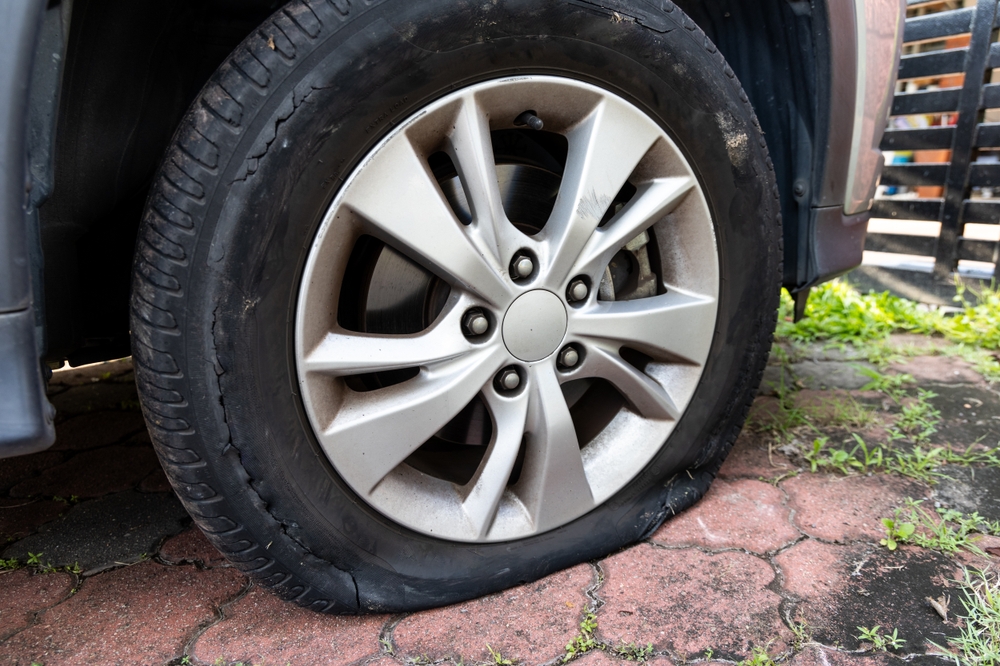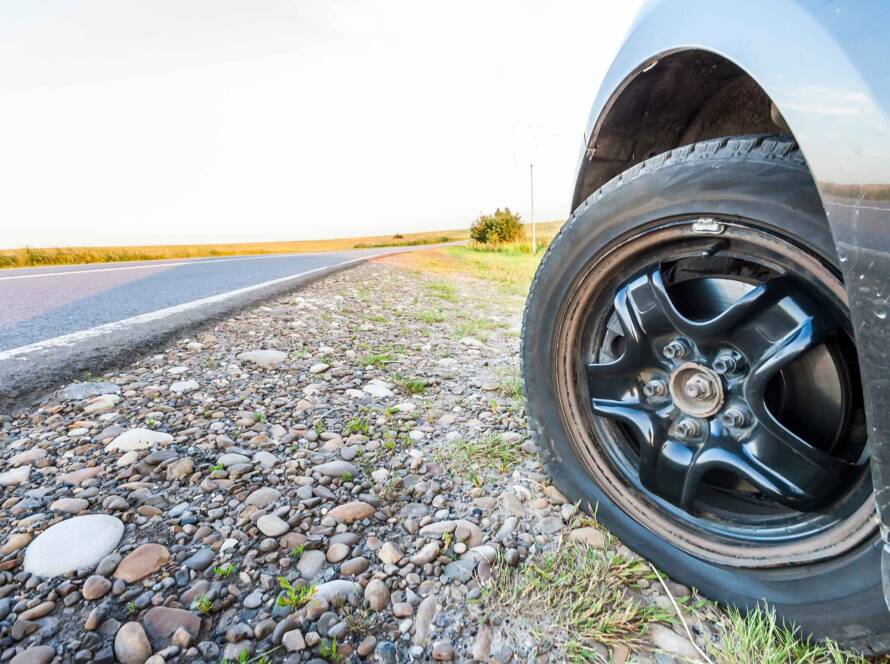The Dangers of Potholes on Roads
Potholes are a common issue on roads around the world, posing significant risks to both road safety and vehicles. These depressions or holes on the road surface can range from minor inconveniences to severe hazards, depending on their size, depth, and location. In this article, we’ll explore how potholes affect road safety and vehicles, and what can be done to mitigate their impact.
How Potholes Form
Potholes typically form due to a combination of factors, including:
- Weathering and erosion of the road surface
- Repeated stress from heavy traffic
- Inadequate drainage
- Freeze-thaw cycles in colder climates
Over time, these factors can cause the road surface to deteriorate, leading to the formation of potholes.
Impact on Road Safety
Potholes can significantly compromise road safety, leading to accidents and injuries. Some of the ways potholes affect road safety include:
1. Loss of vehicle control: Hitting a pothole can cause a driver to lose control of their vehicle, potentially leading to collisions with other vehicles, pedestrians, or roadside objects.
2. Sudden braking or swerving: Drivers may attempt to avoid potholes by braking suddenly or swerving, which can cause accidents, especially in heavy traffic or adverse weather conditions.
3. Distraction: Potholes can be a distraction for drivers, taking their attention away from the road and increasing the risk of accidents.
4. Damage to vehicles: Potholes can cause damage to vehicles, such as flat tires, bent rims, or suspension damage, which can lead to accidents if the damage is severe or if the driver loses control of the vehicle.

Effects on Vehicles
In addition to compromising road safety, potholes can also cause significant damage to vehicles. Some of the most common types of damage include:
- Tire damage: Potholes can cause cuts, punctures, or blowouts in tires, leading to flat tires or accidents.
- Wheel and rim damage: Hitting a pothole can bend or crack wheels and rims, affecting the vehicle’s handling and stability.
- Suspension damage: Potholes can damage a vehicle’s suspension components, such as shocks, struts, or ball joints, leading to poor handling and increased wear on other parts.
- Alignment issues: Repeated hits from potholes can knock a vehicle out of alignment, causing uneven tire wear and poor handling.
“Potholes are not just a nuisance; they are a serious safety hazard that can cause significant damage to vehicles and put lives at risk.” – John Smith, Road Safety Expert
Mitigation Strategies
To reduce the impact of potholes on road safety and vehicles, several strategies can be implemented:
1. Regular road maintenance: Governments and local authorities should prioritize regular road maintenance to identify and repair potholes promptly.
2. Improved road design and construction: Using high-quality materials and proper construction techniques can help prevent pothole formation.
3. Adequate drainage: Ensuring proper drainage on roads can help prevent water from accumulating and weakening the road surface.
4. Driver education: Educating drivers on how to safely navigate roads with potholes and maintain their vehicles can help reduce accidents and damage.
5. Reporting systems: Implementing easy-to-use reporting systems for citizens to report potholes can help authorities identify and address problem areas more efficiently.
Conclusion
Potholes pose significant risks to road safety and can cause substantial damage to vehicles. By understanding how potholes form and their impact, we can work towards implementing effective mitigation strategies to reduce their occurrence and minimize their consequences. Through a combination of regular road maintenance, improved road design, driver education, and public participation, we can create safer, smoother roads for everyone.



